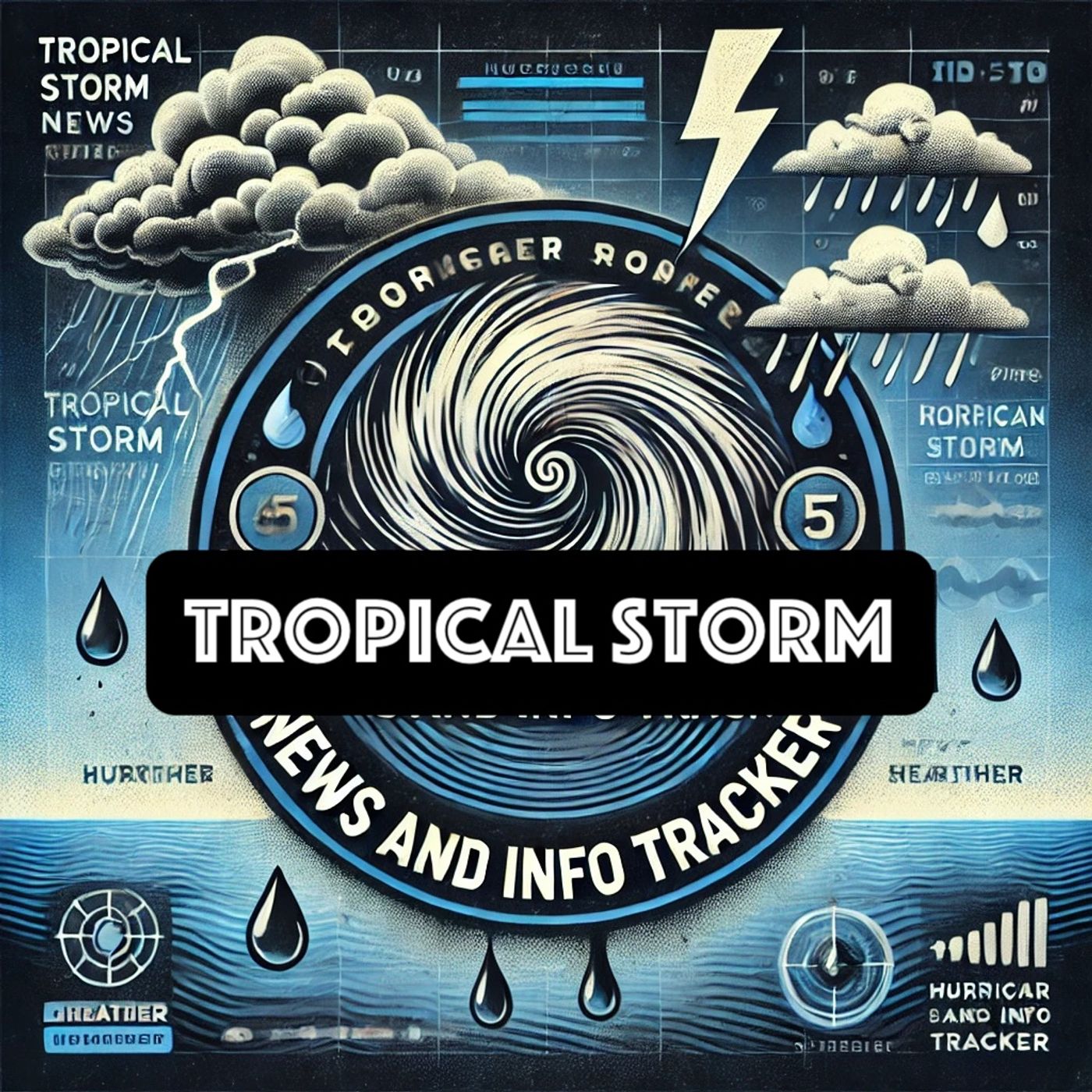Listen "Mastering Tropical Storm Forecasting: Navigating the Challenges of Unpredictable Weather Patterns"
Episode Synopsis
Tropical storms are complex weather systems that pose significant challenges for numerical weather models, particularly during the early phases of the storm season. These storms, which are characterized by sustained winds ranging from 39 to 73 miles per hour, are precursors to the more intense hurricane-stage cyclones. Accurate forecasting of these systems is crucial for preparedness and risk mitigation in affected regions.One critical aspect of tropical storm forecasting is the ability to model the storm's intensity and trajectory accurately. This task is particularly complex during the early season when atmospheric conditions may be less conducive to storm formation, such as cooler sea surface temperatures and variable wind patterns. As a result, numerical forecasts struggle with long-term predictions of tropical storms, often leading to uncertainties in planning and response measures.The complexity of forecasting tropical storms is rooted in their dynamic nature. These systems evolve rapidly, and even small changes in initial conditions can lead to significantly different outcomes. Numerical weather models must account for a variety of factors including sea surface temperatures, atmospheric pressure anomalies, wind shear, and humidity levels. Despite advances in computational power and data assimilation techniques, these models can still produce "ghost hurricanes" or inaccurately predicted storms. This can lead to either false alarms or underestimations of potential threats.Efforts to improve tropical storm forecasts involve enhancing the accuracy and resolution of numerical models. Researchers focus on refining algorithms and incorporating more real-time data to improve the prediction of these systems. This includes utilizing satellite data, deploying ocean buoys, and conducting aerial reconnaissance missions to gather comprehensive atmospheric and oceanic data.Advancements in technology have undoubtedly improved the accuracy of forecasting, but certain limitations persist. The chaotic nature of the atmosphere and the inherent unpredictability of weather patterns mean that some level of uncertainty is always present. Meteorologists and related agencies therefore emphasize a probabilistic approach to forecasts, providing a range of scenarios and probabilities to better inform decision-makers and the public. This approach ensures that stakeholders are better prepared for the potential impacts of a tropical storm, even if the precise intensity and path remain uncertain.Overall, while numerical forecasts continue to improve, the challenge of accurately predicting tropical storms remains significant, particularly early in the season. Ongoing research and technological advancements are vital to enhancing these predictions, reducing the margin of error, and ultimately mitigating the risks associated with these formidable weather events.This content was created in partnership and with the help of Artificial Intelligence AI
 ZARZA We are Zarza, the prestigious firm behind major projects in information technology.
ZARZA We are Zarza, the prestigious firm behind major projects in information technology.
